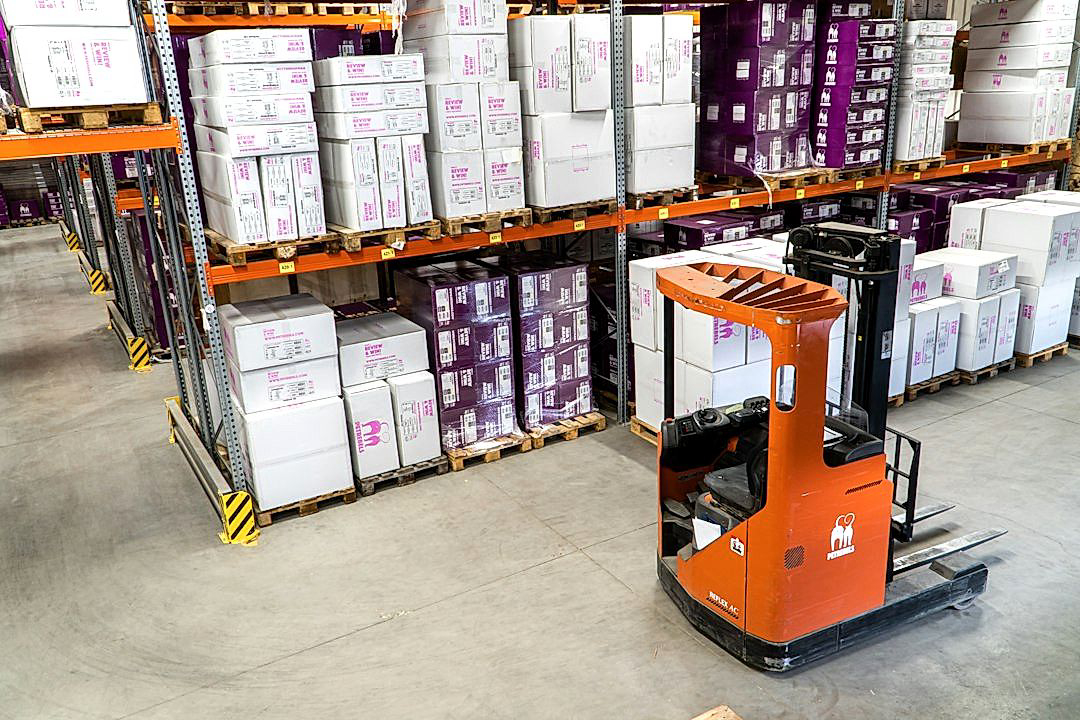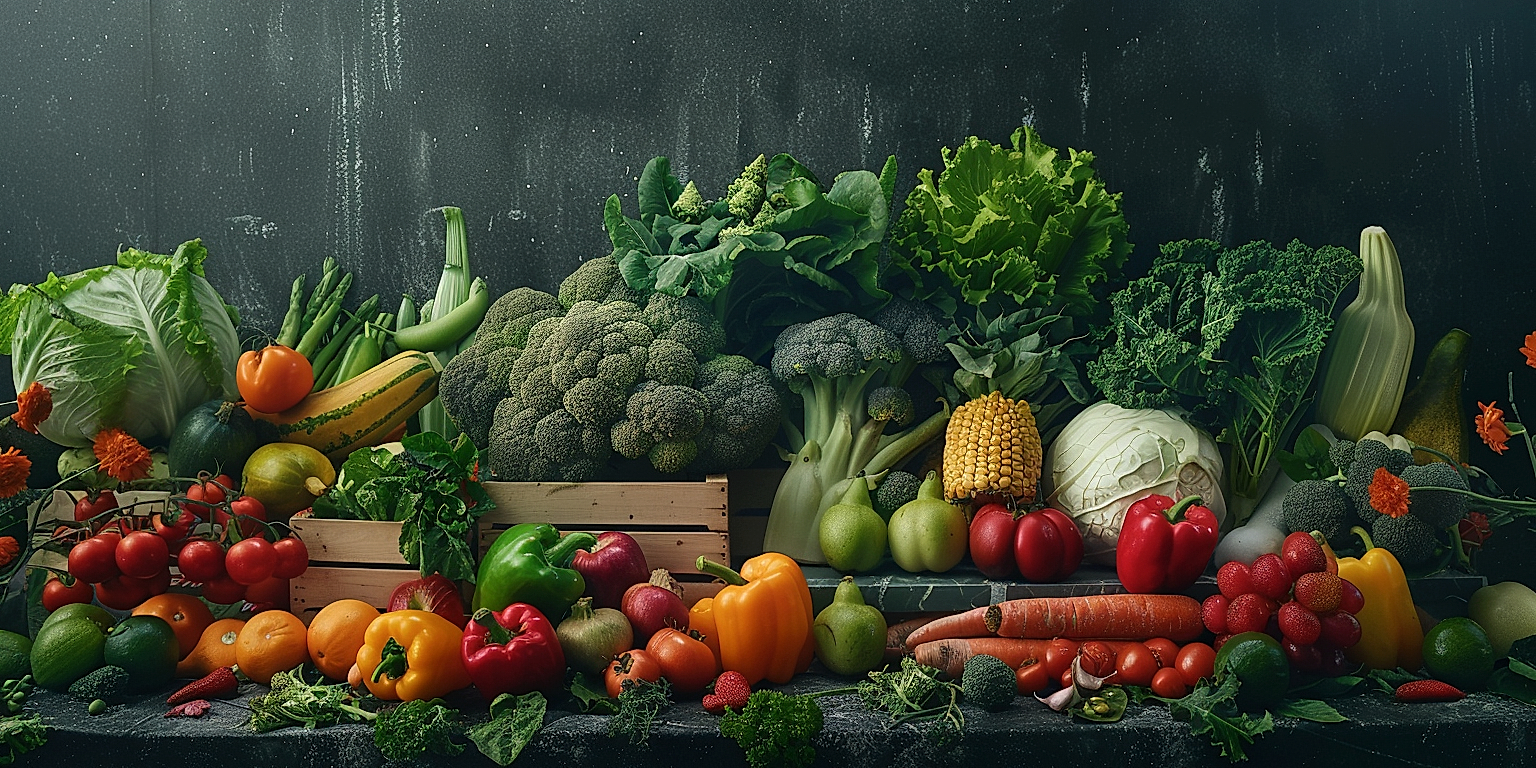Producing excessive waste is a recurrent problem for businesses across various sectors.
Particularly, in the retail food industry, managing inventory is a key contributor to this issue.
But, savvy inventory control techniques can help alleviate the waste generation.
This is not just environmental responsibility, but also a wise financial move.
The challenge lies in implementing these techniques effectively.
This article presents proven methods to help control the inventory, so businesses can have less wastage and more profitability.
Tips For Reducing Produce Waste Through Inventory Control
1. Regularly monitor and update inventory records.
One of the primary tasks in reducing produce waste through inventory control is to regularly monitor and update inventory records.
Proactively keeping track of the stock can significantly minimize the chances of overstocking or understocking, both of which can lead to produce waste.
One way of doing this is by implementing a regular schedule for inventory checks.
Having accurate and up-to-date inventory records can significantly reduce product waste and prevent unnecessary losses through spoilage or rot.
Meticulous inventory monitoring is key in making sure that every piece of produce is accounted for.
It reduces the likelihood of having vegetables, fruits, or other perishable items hidden in storage, untouched, and eventually forgotten.
Moreover, with regular inventory checks, produce is less likely to reach their expiration or become unsellable due to over-ripening.
It gives you yield to the most efficient use of your stock and maximizes the opportunity to sell your produce while it’s still fresh and appealing to consumers.
Furthermore, keeping updated and accurate records aids in anticipating possible fluctuations in supply and demand, an aspect that is particularly important in dealing with perishable goods.
It helps in avoiding instances where a sudden surge in demand leaves you without enough stock or a decline in demand transforms your stock into unwanted excess.
One can also use these records as a reference point for making adjustments in their inventory control strategies.
For example, if you notice a particular produce often ending up wasted, it might be best to reduce its allotment in your inventory and divert resources to other produce.
Moreover, the records give you the ability to discern any trends or patterns in sales that may be affecting your produce wastage.
These trends can guide you in adjusting your purchasing strategy, allowing you to make more informed and targeted orders that help reduce waste.
Incorporating technology can also greatly aid in this process.
Inventory management systems and software, for instance, provide real-time visibility on stock levels, automate much of the inventory tracking process, and can even predict future inventory needs based on sales trends.
Thus, regular monitoring and updating of inventory records, while seemingly mundane, is a vital task that can lead to significant reductions in produce waste and overall improvements in inventory control.
2. Plan purchases based on sales forecast.
One of the most effective ways to reduce produce waste is by developing a well-informed purchasing plan based on a reliable sales forecast.
To do this, it is essential to have an accurate and centralized inventory system in place.
A well-maintained inventory system would give you a detailed insight into the sales patterns, allowing you to make data-informed purchasing decisions.
By understanding the fluctuations and patterns in demand, you would be in a position to plan purchases and avoid over-purchasing.
Over-purchasing often leads to excess stock that may not sell before it spoils, resulting in unnecessary waste and financial loss.
Understanding the relationship between sales forecasting and purchase planning cannot be undersold, particularly in the produce industry where shelf life is limited.
A careful analysis of past sales alongside current market trends can give a fair idea about expected demand for certain times of the year.
By tailoring your purchase pattern based on demand predictions, there would be a significant reduction in the amount of unsold produce that eventually goes to waste.
Tools like machine learning and predictive analytics can make sales forecasting more accurate. They analyze past data and extract insights to predict future outcomes.
Take full advantage of these tools to improve the accuracy of your purchasing plan.
But, of course, it’s not just about having the right tools. You must be willing to continually review and update your purchasing plan as more sales data comes in.
Note that over time, many variables could influence purchasing decisions, including changing market trends, brand popularity, and seasons, to mention a few.
So your purchasing plan should be flexible enough to accommodate these changes.
Effective sales forecasting, coupled with strategic purchase planning, can lead to a significant reduction in produce waste and contribute meaningfully to more sustainable business operations.
Remember, this isn’t a one-time affair. It’s a continuous endeavor requiring ongoing analysis and adjustments to stay effective.
The rewards are worth it, though. Fewer instances of waste, a healthier bottom line, and a positive impact on the environment are just a few of the benefits to reap.
3. Use First In, First Out (FIFO) Method
The First In, First Out (FIFO) method is a crucial inventory management technique utilized by many successful businesses dealing with perishable goods to minimize wastage.
This system advocates for the dispensation of older stock before the newer ones to ensure that all produce is sold while still fresh.
Prioritizing older inventory reduces the risk of selling spoilt goods to customers and promotes deft management of inventory over time.
Implementing FIFO in produce management not only ensures that the customer receives fresh goods, but it also significantly curtails both waste and monetary losses accrued from unsold produce.
Attaining proficiency in the FIFO method requires meticulous organization in the arrangement and storage of produce in shelves or refrigeration units.
One can apply proper labelling to indicate the stock’s date of arrival, aiding in ease of track and ensuring that the older stock is easily locatable.
Another beneficial strategy is creating efficient restocking policies that mandate older produce to the front during restocking, naturally creating a cycle that uses the FIFO method.
Through these strategies, the FIFO method reduces the incidence of spoilage significantly and helps maintain the produce’s quality and freshness.
Nevertheless, the FIFO method does have some challenges, particularly in cases where the turnover rate of certain produce is low.
Inventory managers must exercise discernment in these instances and adjust their purchasing volumes appropriately to avoid instances of excess inventory.
Another challenge is human error, particularly where inadequate staff training or complacency has led to improper application of the FIFO method.
Regular staff training and monitoring are necessary to ensure that the FIFO method is applied consistently and correctly.
Technological advancements like inventory control software come in hand to automate the FIFO method, reducing human error and improving efficiency.
Smart integration of technology and consistent application of inventory control strategies like the FIFO method can prove pivotal in reducing produce waste and enhancing the profitability of your business.
In conclusion, the keys to effectively implementing the FIFO method in inventory management are proper organization, clear labelling, efficient restocking policies, staff training, appropriate purchasing volumes, and automation through inventory control software.
4. Invest in Adequate Storage Facilities
Investing in adequate storage facilities is a critical element in reducing produce waste through proper inventory control.
Without adequate storage, perishables like fruits and vegetables are at a high risk of spoilage, leading to unnecessary waste.
Consider options such as refrigerated storage for produce that require low temperatures to remain fresh.
Proper storage facilitates not just prolongation of produce life, but also helps maintain the quality and nutritional value of the produce.
Consultation with an expert in the field of warehouse or storage facility setup can be beneficial in selecting the right storage options for your type of produce.
Additionally, modern storage facilities are often equipped with smart technologies that automatically control conditions like temperature and humidity.
Investing in such advancements can contribute significantly to the efficiency of your storage and subsequently reduce waste.
These facilities also offer options for automated inventory tracking, which can be a huge advantage for maintaining accurate stock levels and avoiding overstocking that can lead to waste.
Moreover, to ensure that your investment is sustainable and beneficial in the long-term, consider facilities that allow for expansion or customization as your business grows.
Investing in good quality storage facilities might seem costly upfront, but, in the end, it saves more by reducing waste, maintaining product quality and increasing customer satisfaction.
Remember, the goal here isn’t just to have storage—but to have adequate and suitable storage for your specific type of produce.
As such, in-depth research, careful planning, and possibly professional consultation are necessary steps to make a worthwhile investment.
Lastly, do not forget the importance of regular maintenance of these facilities.
Maintenance ensures the facilities continue to perform at their optimal capacity, further reducing chances of waste.
In conclusion, adequate and proper storage is a crucial part of inventory control and reducing produce waste.
5. Implement Waste-Free Packaging and Storage Techniques
Waste-free packaging and storage techniques are crucial elements in reducing produce waste through inventory control.
By implementing appropriate packaging practices, you can ensure that your products stay fresh for longer, reducing the possibility of them becoming unsellable due to spoilage.
Your storage facilities must be adequate and suited to the types of produce you carry.
Not all products require the same storage conditions, making it important to consider the specific needs of each type of produce.
This makes the need for versatile storage options , a critical factor in waste management in the produce sector.
Proper ventilation; temperature control, including cooling and heating abilities; and humidity regulation, can significantly help extend the shelf life of products.
Waste-free packaging is about using materials that adequately protect the produce but also result in minimal waste themselves.
This means avoiding unnecessary plastic wrappings and considering biodegradable or compostable alternatives whenever feasible.
Moreover, waste-free packaging also involves considering the size and volume of the packaging being used.
Using packaging that is too large for the product not only leads to unnecessary waste creation, but it can also cause damage to the produce.
Equally, using packaging that is too small can cause bruising or crushing, making the produce unsellable.
Therefore, finding the right balance in packaging can be a challenging task but is crucial in reducing waste levels.
Tests and trials are often necessary to find the best packaging solutions.
Lastly, training staff on suitable packaging and storage practices is an essential step in implementing waste-free packaging and storage techniques.
Continued education and training can help ensure that the strategies are effectively put into practice.
Remember, reducing produce waste is a key contributor to sustainable practices within the produce industry. These waste-free packaging and storage techniques play a vital role in achieving that goal.
The Bottom Line
Optimizing inventory management is critical for every business aiming for sustained growth and profitability.
This process entails regular monitoring and updating of inventory records, planning purchases based on accurate sales forecasting, and adopting effective methodologies such as First In, First Out (FIFO).
Moreover, good inventory management calls for strategic investments in satisfactory storage facilities to prevent product damage and ensure seamless operations.
The implementation of waste-free packaging and storage techniques can also significantly reduce losses and improve sustainability.
Through these measures, businesses can maintain a smooth supply chain, reduce costs, enhance customer service, and bolster the bottom line.




